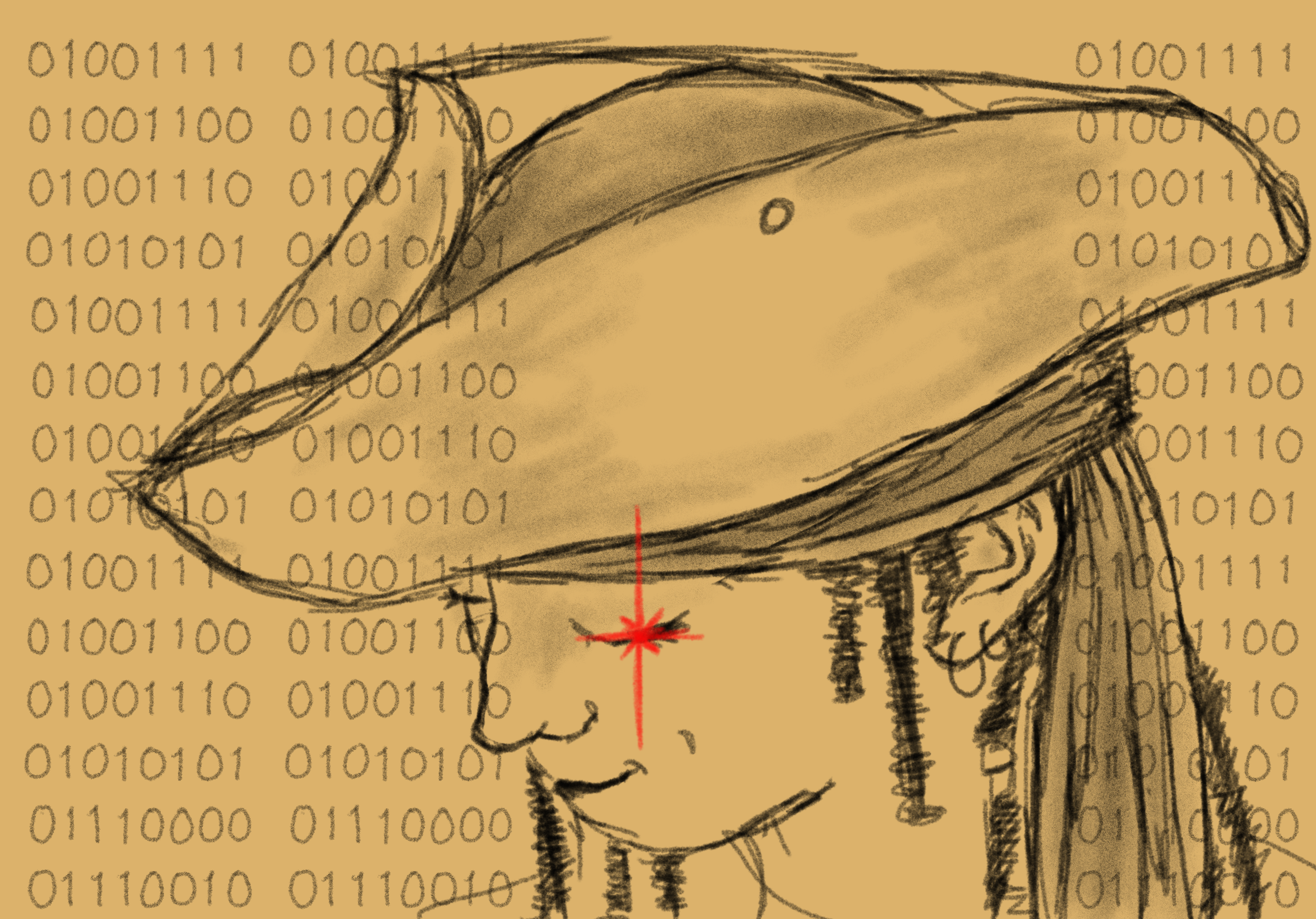
There’s a good chance you’ve never heard of “open science.” But if you’ve ever written a research paper, it’s likely you would benefit from it. Think of an attempt to review the scientific literature for your work. You’ve probably come up against the walls of the scientific establishment. Papers are usually guarded by exorbitantly expensive paywalls. Both research findings and methods are usually shrouded in increasingly obscure discipline-specific jargon. And if you’d like to investigate further, you’ll have quite the time trying to find detailed outlines of statistical methods, never mind the raw data used in any work of research.
This has been the case for pretty much all of science’s history. The establishment – usually older, white men from wealthy backgrounds – are holed up in the figurative “ivory tower,” in an attempt to ensure that anyone who they deem unworthy of science gets put in their place. Even the keenest person must jump through years’ worth of hoops before the powers that be deem them worthy of thinking about scientific questions.
But in recent years, the open science movement has finally gained some steam in an attempt to change that. Open science, in a sentence, is an attempt to make scientific research, its methods and its findings, more readily accessible and easily discernible to all people. It follows three main tenets: first, open access, which seeks to remove paywalls and all barriers that keep the average citizen from accessing scientific findings. Second, open data directs researchers to make all of the raw data they use available to the public, so that it may be reanalyzed by anyone who would like to. And finally, opening science to society tries to make science more accessible to all interested parties by engaging them throughout the research process.
As it turns out, UBC Okanagan is leading the charge on open science. In 2018, the school became, by their account, the first university in North America to actively promote and teach open science to undergraduates. After some planning, Open Science 101 and 102 were incorporated into two undergrad Biology courses at UBCO in the fall of 2018. Course modules were taught in the lab portion of the courses, and marked for extra credit, in an effort to reduce the impact on student’s workloads. But despite the optional nature of it, student interest was high.
By integrating open science into undergraduate education, UBCO is trying to change the culture of scientific research, both at the university and in a wider context. If undergrads can learn and use open science early on in their academic careers, the future of scientific research should be more open and accessible to all. But according to the UBCO Open Science team of Sharron Hanna, Dr. Jason Pither, and Mathew Vis-Dunbar, Canada lags behind European researchers in implementing open science protocols, though they have seen a desire from many researchers locally for a shift.
And what exactly that shift represents would have huge implications for science. Traditionally, research protocols foster a culture that is exclusive and resistant to newcomers. And if science is seeking to solve the world’s most important questions, cutting off access to research from a diverse range of viewpoints doesn’t do society any good. By moving to open access and more accessible protocols, science could open itself up to a much broader range of future scientists, something that could only strengthen its ability to answer those questions.

Luckily for the program, Vis-Dunbar says that the pandemic has not hindered its rollout. “If anything, it helped to push us to take this alternative approach and to think about how we can do this both digitally but also produce the content in a more open way, with the goal now being that these will all be published as an open education resource.”
Now that much of the material is available online, the program is pushing forward with educating undergrads. Open science material has been integrated directly into the course material in several BIOL courses at UBCO. Vis-Dunbar says that eventually they hope that open science will be a major part of undergraduate science at the school, with students regularly operating under open science protocols in their course work. For example, in the long term, the program would like all undergrad research award winners to use open science in their work.
As well, they hope that the program will be useful to researchers across all disciplines at the university. Though open science is rooted in scientific analysis, things like open access and research accessibility are transferable to anyone doing research of any kind. The program at UBCO is already designed to be relevant across the school’s departments. And while open science is not explicitly about achieving social justice goals like increasing researcher diversity, it does go some way towards them. By increasing the transparency and accessibility of research to all people, science should experience a growth in uptake by socioeconomic and cultural groups traditionally excluded from the table.
This social framework is something that resonated heavily with students. The initial program at UBCO received many positive comments from participants, but many of the students focused on how the learning about the tenets of open science helped foster conversations about diversity and equality in science, particularly by making more diverse viewpoints heard. And from these discussions, many students felt that open science is more accessible to the public, and in turn more effective in improving the world.
The hope going forward, is that both at UBCO and around the world, open science continues to grow. The Canadian federal government is working towards expanding open access to research in the country, particularly by planning for open science both by federal researchers and through the federal research funding program. At UBCO, Hanna, Pither and Vis-Dunbar are looking to expand the program beyond the biology department, and hopefully foster a culture of accessible and open science for students across the school.
The Open Science program at UBCO is run through the Library, and information is available to anyone at https://openscience.ubc.ca/. While the program initially was limited to BIOL 116 and 125, they plan to expand it, first within the Biology Department, and then throughout the university. Information on the current nature of the teaching of open science in undergrad biology at UBCO is published at https://ubco-biology.github.io/.




